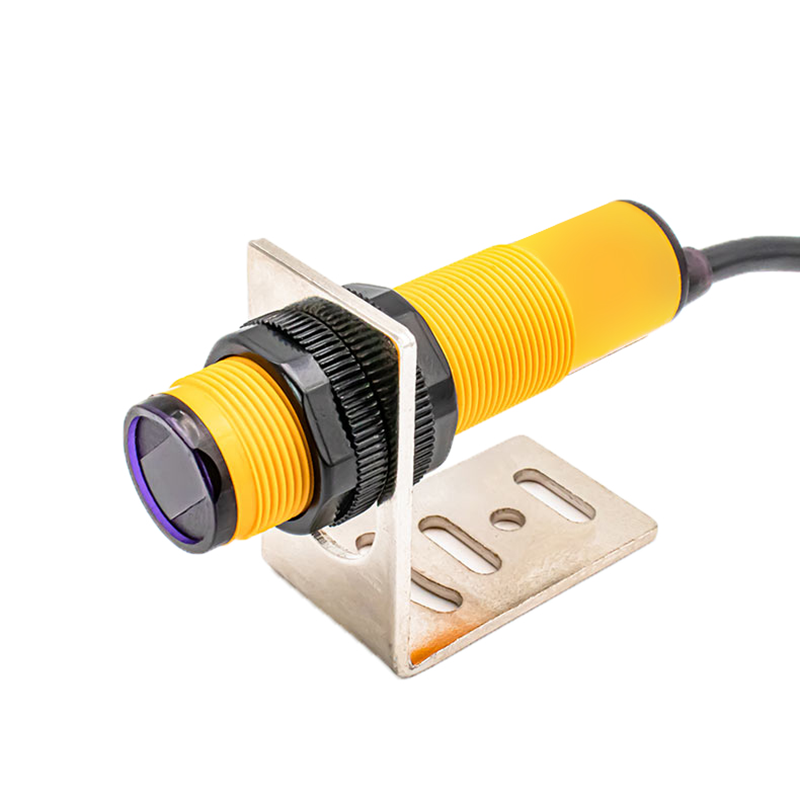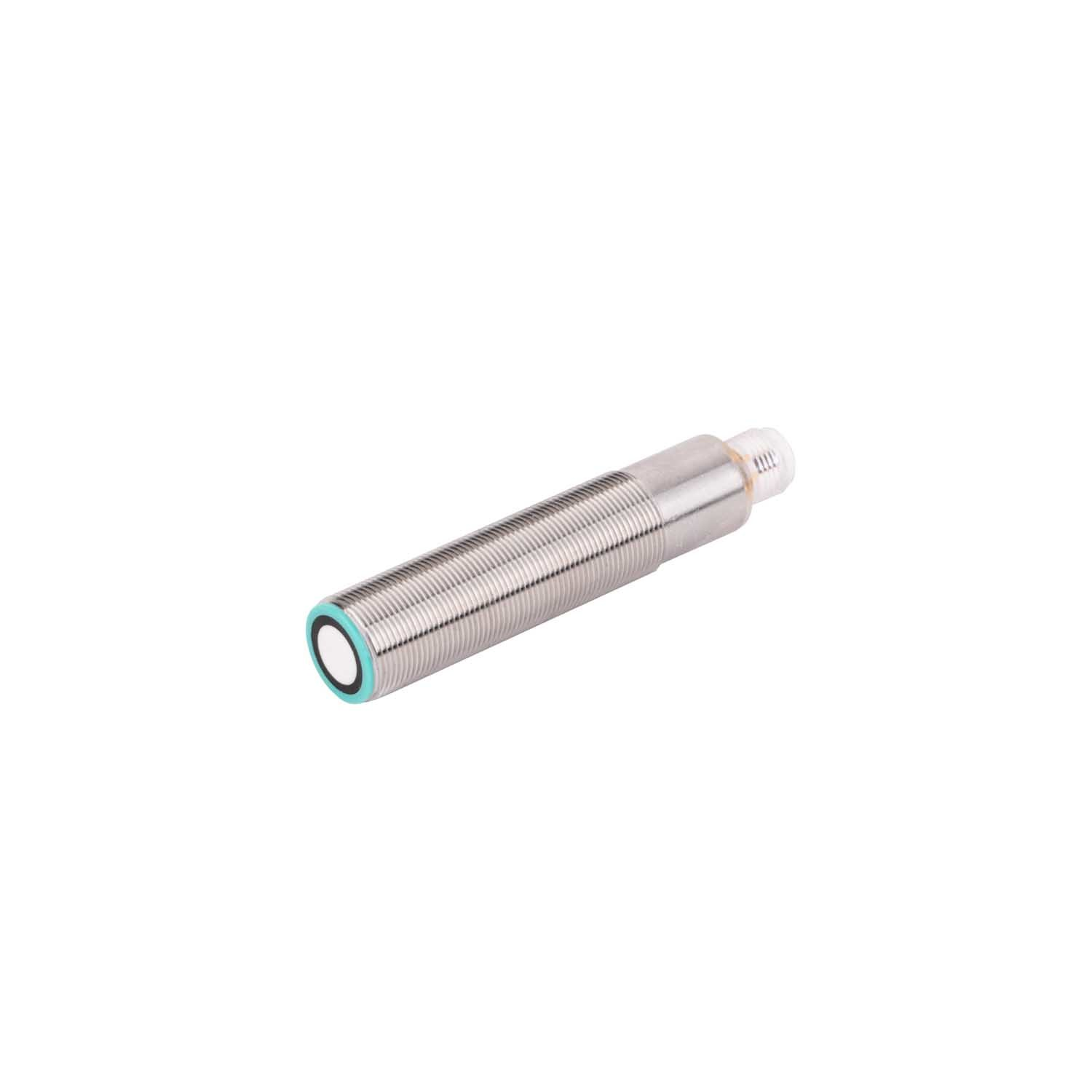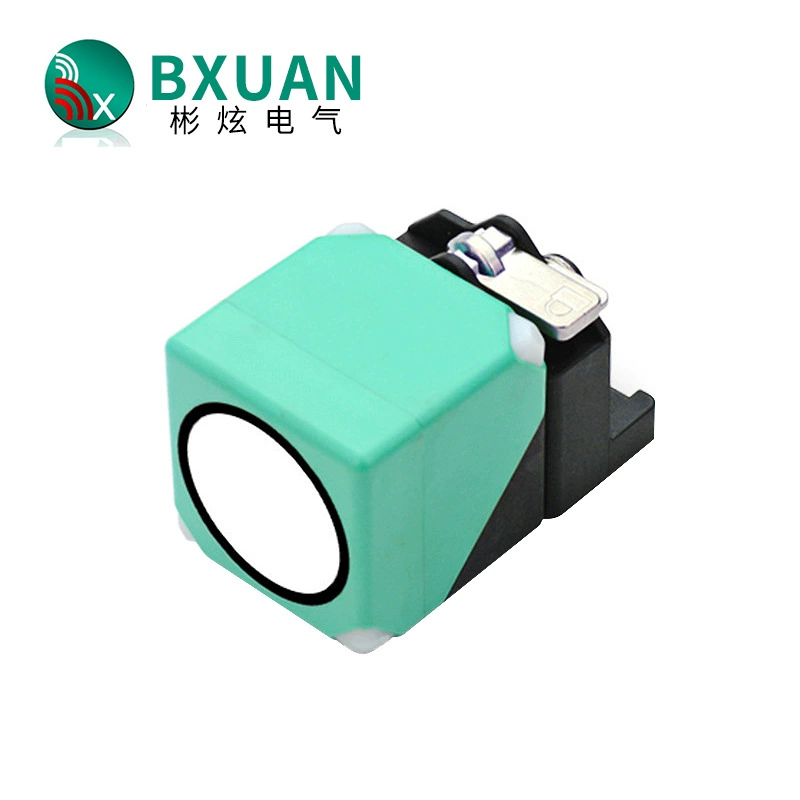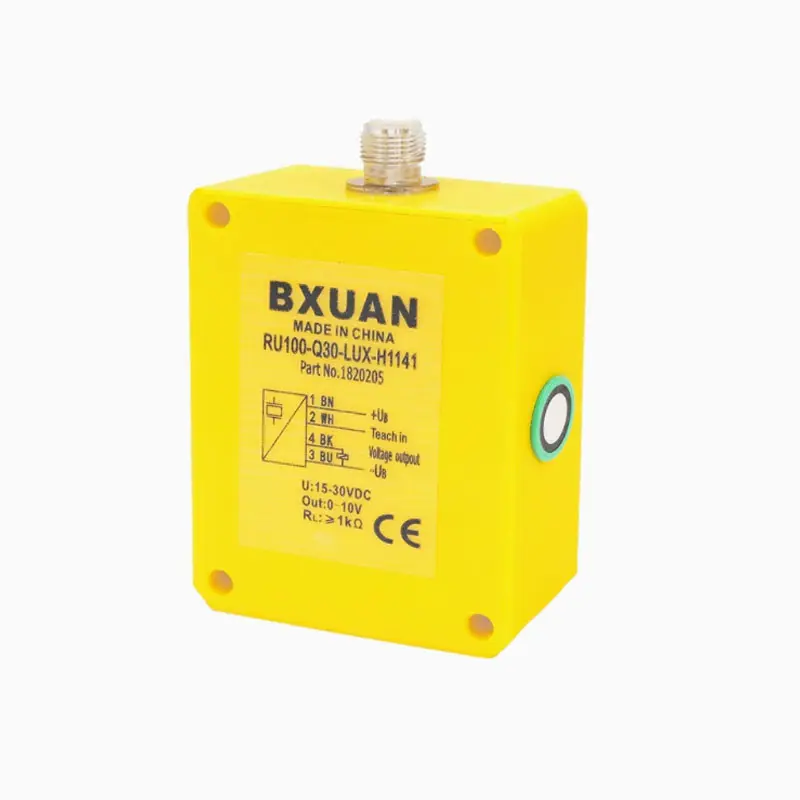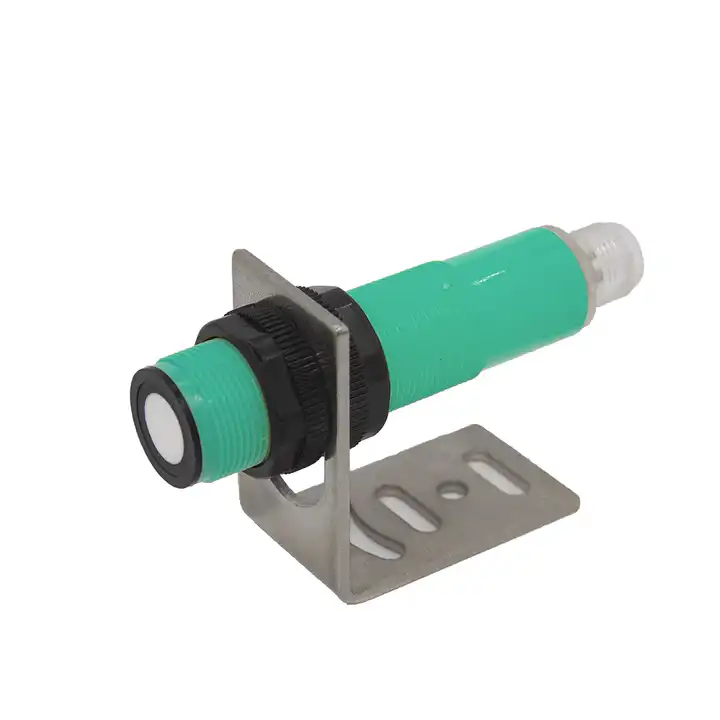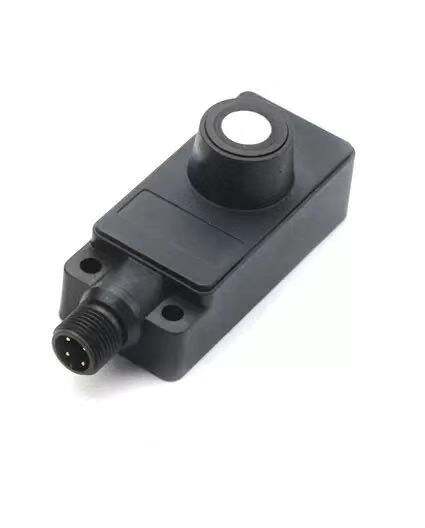proximity switches types
Proximity switches are sophisticated sensing devices that detect the presence or absence of objects without physical contact. These devices come in various types, including inductive, capacitive, and photoelectric sensors, each designed for specific applications. Inductive proximity switches excel at detecting metallic objects by generating electromagnetic fields, making them ideal for industrial automation and machinery positioning. Capacitive sensors can detect both metallic and non-metallic materials by measuring changes in capacitance, proving invaluable in level detection and material handling. Photoelectric proximity switches use light beams to detect objects, offering the longest sensing ranges and versatility in object detection. These switches operate on different technological principles but share common features such as high reliability, fast response times, and long operational lifespans. Modern proximity switches often incorporate advanced features like adjustable sensing ranges, LED status indicators, and protection against environmental factors. Their applications span across manufacturing, automotive, packaging, and process industries, where they play crucial roles in automation, safety systems, and quality control processes.

